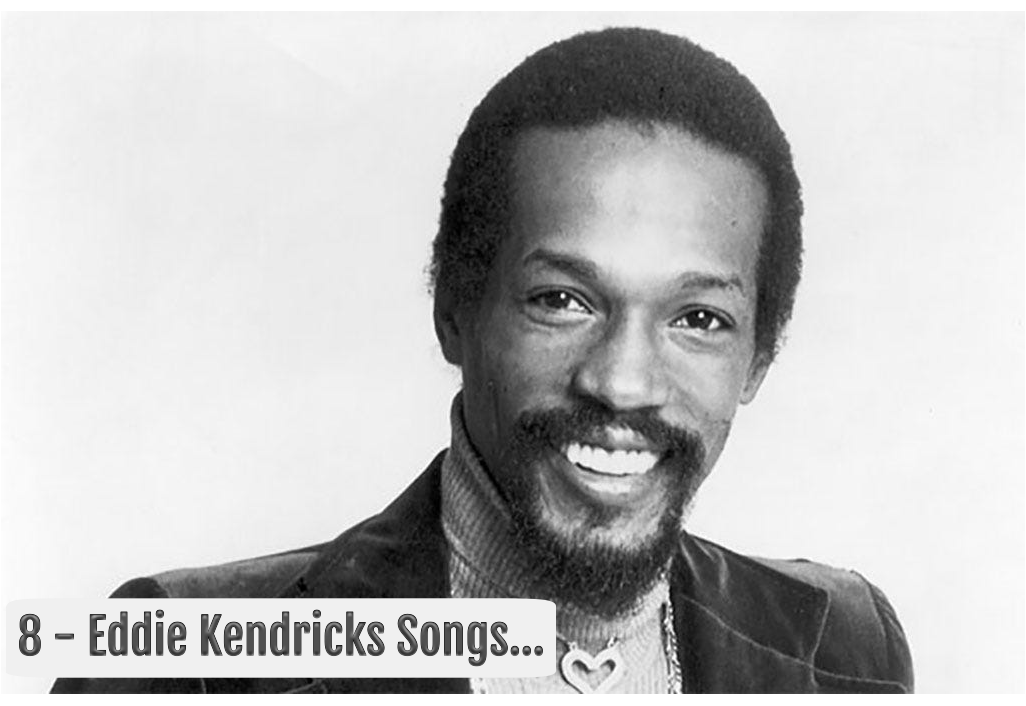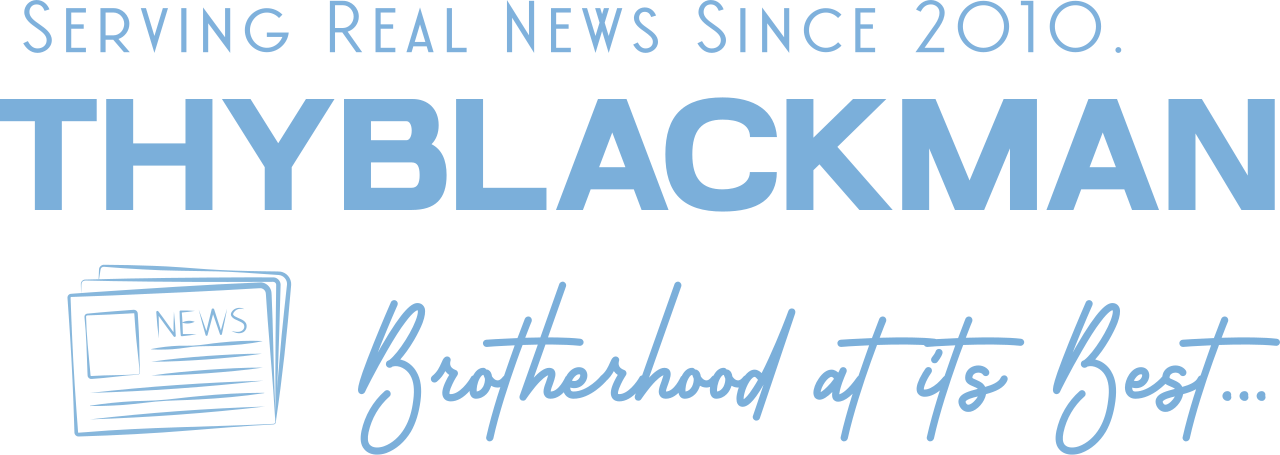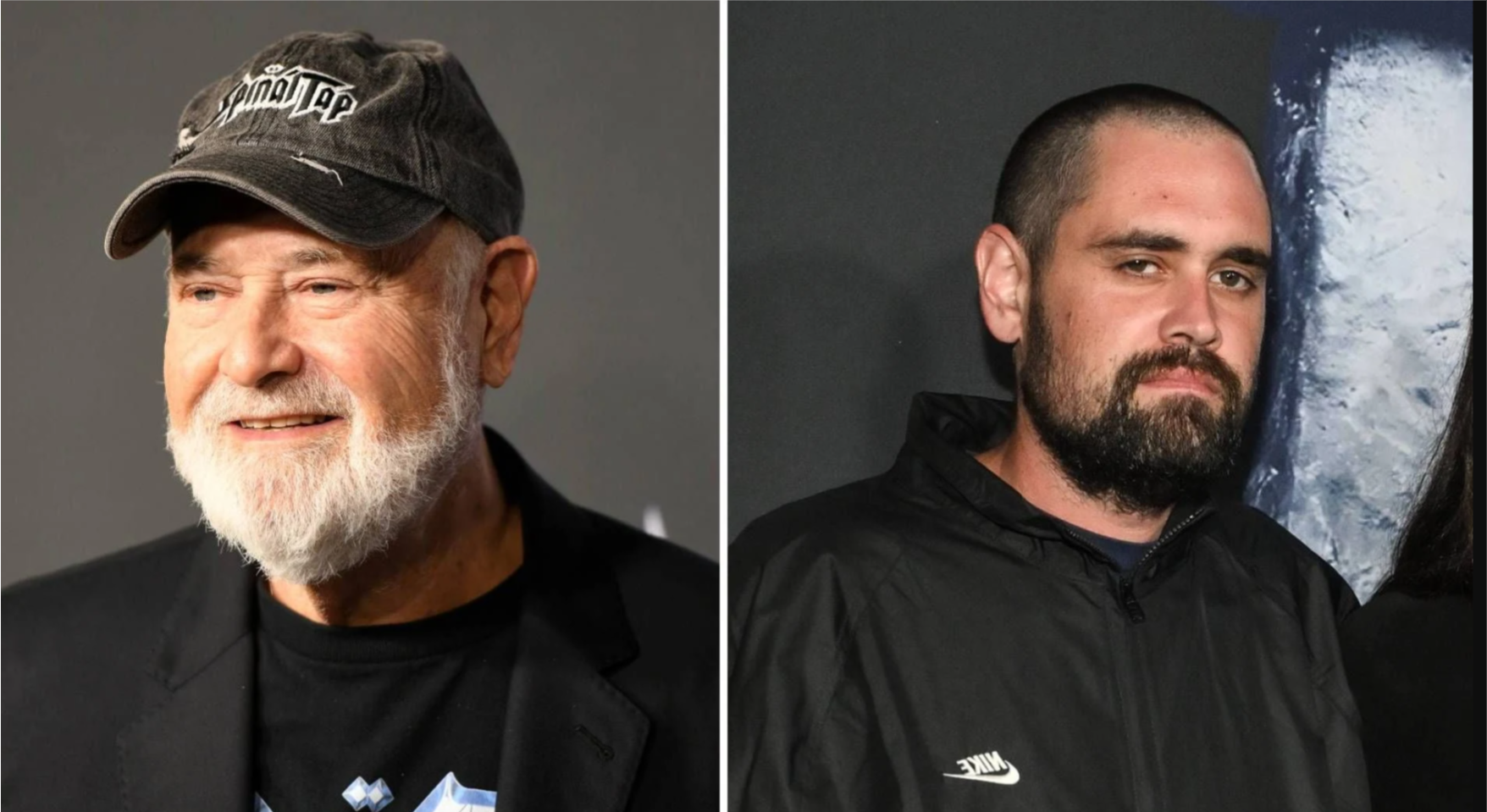(ThyBlackMan.com) Eddie Kendricks was more than just the falsetto voice behind some of The Temptations’ most iconic hits—he was a visionary artist whose solo career showcased remarkable range, emotional depth, and an uncanny ability to adapt to the changing sounds of soul, funk, and R&B. As one of the most distinctive voices of his generation, Kendricks delivered a body of work that extended well beyond the Motown machine. His solo material blended heartfelt vulnerability, spiritual introspection, and groove-heavy sophistication, often pushing musical boundaries while staying true to his roots.
For those exploring Kendricks’ music outside of his work with The Temptations, the following eight tracks provide a compelling entry point. These songs span the emotional and musical spectrum, highlighting his signature falsetto, lyrical sensitivity, and enduring influence. Whether you’re a long-time fan or a new listener, these selections affirm why Eddie Kendricks remains one of the most respected and timeless figures in soul music history.

1. “Keep on Truckin’ (Part 1)”
“Keep on Truckin’” was Kendricks’ breakthrough as a solo artist, and it remains a definitive groove of the early ’70s. The song bursts with confidence and swagger, riding on a thick bassline, wah-wah guitars, and shimmering synths. Co-written with Anita Poree and Leonard Caston Jr., this track marked Kendricks’ transition from Motown’s polished group format to a more rhythm-driven, dance-oriented style that was ahead of its time.
What made “Keep on Truckin’” special wasn’t just its funky beat—it was Kendricks’ sly, feather-light delivery. He didn’t oversing; he floated. His falsetto dripped with cool detachment, which made his warnings to “keep on truckin’, baby” feel less like a plea and more like sage advice. The lyrics reflect both resilience and revenge, reportedly aimed at his former Temptations bandmates after a sour split.
This was more than a dance hit; it was a bold reintroduction. It topped the Billboard Hot 100 in 1973 and redefined Kendricks’ public image. Suddenly, he wasn’t just “the guy who sang lead on ‘Just My Imagination’”—he was a solo force to be reckoned with. It also paved the way for disco’s emergence later in the decade, with Kendricks unknowingly helping to birth a whole new movement.
Today, “Keep on Truckin’” plays like a time capsule of post-Motown evolution, but it still hits hard in any playlist built around groove, confidence, and rhythmic freedom. DJs and crate diggers know it never lost its fire.
2. “Boogie Down”
If “Keep on Truckin’” cracked open the dancefloor, “Boogie Down” turned it into a full-on party. Released a year later, this track further solidified Kendricks’ ability to deliver hits tailored for the club crowd while maintaining a refined lyrical sensibility. The production is sleek, propelled by congas, synth stabs, and a relentless tempo that practically commands your body to move.
Lyrically, “Boogie Down” isn’t deep, but it doesn’t need to be. It’s a celebration of rhythm and connection, the kind of track that insists music is a form of escape. Kendricks’ falsetto is again central here, gliding over the beat with effortless cool. He sounds like he’s smiling as he sings, fully aware that he’s at the center of a moment, pulling listeners into his vibe.
What elevates this song beyond a simple dance number is how expertly it balances structure and spontaneity. The groove is tight, but the vocals and instrumental flourishes feel loose and human. This was a sweet spot for early disco—music that could fill a room without sacrificing soul.
Nearly fifty years later, “Boogie Down” still holds up as both a party starter and a primer on how to blend funk, soul, and emerging electronic textures. In an era of overproduced pop, its organic rhythm feels refreshing.
3. “Intimate Friends”
One of Kendricks’ most sampled songs, “Intimate Friends” is a masterclass in mood and emotion. It’s slow, sensual, and brimming with understated beauty. The warm, dreamy instrumentation wraps around you like silk, creating a bedroom-ready atmosphere that few R&B artists of any era have matched.
What’s most striking is the sincerity in Kendricks’ voice. This isn’t a song trying to be sexy; it simply is. There’s vulnerability in his delivery, an acknowledgment that emotional closeness is as important—if not more so—than physical connection. When he sings, “An endless love, I’ve found in you / Warm and inspiring, in everything you do” it feels like a promise of depth, not just desire.
The production, courtesy of Motown’s underrated team, is lush but never overwhelming. The bass is soft and steady, while the electric piano and strings give the track a smooth, late-night texture. It’s no wonder artists like Alicia Keys, Common, and Drake have sampled this track—it practically begs to be revisited.
Even today, “Intimate Friends” is essential listening for anyone who values slow jams that don’t shout to be heard. It proves that subtlety can be sexy, and that emotional resonance never goes out of style.
4. “Can I”
“Can I” was one of the earliest singles of Kendricks’ solo career, and it’s easy to overlook in the shadow of his later dance-floor hits. But this track deserves serious praise for its honesty, fragility, and beautifully restrained arrangement. It’s a plea dressed in velvet, both musically and vocally.
The song opens with a gentle acoustic guitar and subdued orchestration, allowing Kendricks’ voice to step forward with clarity. He sings to a lover, asking—almost begging—for permission to stay in their life. “Can I, make a dream come true? / And can, whoa, can I, be in love with you?” he asks, his falsetto laced with both longing and fear. It’s not manipulative or dramatic—just achingly sincere.
What makes “Can I” powerful is the vulnerability Kendricks embraces without shame. At a time when male singers were often expected to be stoic or dominant, he offered something radically different: sensitivity. His voice flutters with insecurity, and yet there’s power in that openness.
The track never builds into a big crescendo, nor does it need to. Its strength lies in the quiet way it disarms the listener. “Can I” is a soul ballad that feels more like a diary entry than a studio production, which is exactly why it still connects today.
5. “He’s a Friend”
With “He’s a Friend,” Kendricks took a surprising and powerful turn into gospel-infused disco. On the surface, it’s a funky jam about a spiritual relationship with Christ—but even nonreligious listeners can find meaning in the affirming message and infectious groove. The song is built on a propulsive bassline, bright synths, and a steady four-on-the-floor beat that predates mainstream disco’s full bloom.
Kendricks’ vocal delivery is joyous and full of conviction. He sounds inspired, even liberated, as he sings about having a true friend in God. But unlike many gospel tracks, this one doesn’t sermonize. It grooves. It uplifts. It invites. There’s no preaching—just a celebration of comfort and inner peace.
The balance between sacred and secular is rare, but Kendricks pulls it off. “He’s a Friend” works on multiple levels—as a dance track, a faith anthem, and a rare example of disco spirituality. It’s the kind of track that might make you reflect while dancing, and that’s a magic few songs possess.
Today, the track feels timely in a world where many people seek solace in their personal beliefs while navigating chaos. “He’s a Friend” reminds us that faith and funk are not mutually exclusive.
6. “Each Day I Cry a Little”
This haunting ballad finds Kendricks mourning a relationship that has unraveled, and the pain is palpable in every line. “Each Day I Cry a Little” is not about the explosive end of a romance, but the slow erosion—the kind that leaves you hollow and stunned, unsure of what just happened.
The instrumentation is minimal—just enough strings, piano, and light percussion to set the mood without distracting from the vocal. Kendricks is front and center here, and his falsetto carries the weight of a thousand heartbreaks. His delivery is mournful but not melodramatic. It feels lived-in, as though he’s recounting not one breakup, but several.
This song stands as proof that Kendricks was more than a falsetto machine; he was a storyteller who could distill complex emotions into clean, elegant phrasing. The repeated line “each day I cry a little” becomes a mantra of emotional endurance. He’s not broken, but he’s hurting—and he’s letting you see that in full light.
In the current musical landscape, where vulnerability is making a slow comeback among male R&B artists, this track feels almost prophetic. It’s raw in the way modern listeners crave, without ever losing its composure.
7. “Date with the Rain”
“Date with the Rain” is one of Kendricks’ most atmospheric and poetic songs. The title alone evokes imagery that’s both cinematic and emotionally complex. And from the moment the track begins—with its moody piano intro and gentle rhythm—it’s clear this isn’t just a song, but a vibe.
Lyrically, Kendricks uses the metaphor of walking in the rain as a kind of therapy. It’s about escape, about finding clarity in solitude. “I’ve got a date with the rain,” he sings, suggesting a need for nature’s cleansing power to wash away emotional weight. It’s deeply introspective and utterly relatable.
Musically, the song is subtle, driven by soft percussion, layered strings, and understated electric piano. Kendricks’ voice sits in the center of the mix, not overpowering, but present—like a quiet friend sharing a painful truth. There’s no pretense here, just raw self-awareness and a touch of resignation.
“Date with the Rain” remains one of his most underrated gems, and in the current age of mindfulness and emotional processing, it fits perfectly alongside today’s lo-fi R&B and introspective playlists. It’s a rainy-day anthem for the soul-searchers.
8. “Tell Her Love Has Felt the Need”
This track might be one of the finest examples of Kendricks’ ability to blend sophistication with sincerity. “Tell Her Love Has Felt the Need” is a slow-burning ballad with a classical structure, almost operatic in how it unfolds. But at its core, it’s a heartfelt message from one soul to another.
The lyrics speak of trying to communicate love to someone who may have emotionally withdrawn. The phrase “tell her love has felt the need” is poetic and abstract, but it carries weight. It suggests that love, in its purest form, still exists even if it hasn’t been acknowledged or reciprocated. That’s a complex emotional idea, and Kendricks delivers it with remarkable grace.
Musically, the track features a soft string arrangement, a lilting flute, and a gently pulsating rhythm section. Kendricks’ falsetto is intimate and earnest, never rushed, letting each syllable breathe. There’s a timelessness to this song—it could’ve been written in 1872 or 2022 and still held emotional value.
In our era of fragmented love stories and ghosted texts, this track reminds listeners that there was a time when love was expressed with elegance, vulnerability, and patience. “Tell Her Love Has Felt the Need” is more than a song—it’s an emotional telegram from a more sincere era.
Eddie Kendricks’ solo discography stands as a powerful testament to his artistic integrity and creative courage. He navigated the transition from group member to solo star with remarkable grace, crafting songs that continue to resonate decades later. His ability to blend poignant storytelling with genre-pushing production positioned him as a quiet innovator—one whose work has been widely sampled, deeply admired, and consistently relevant.
Each of the songs explored here reflects a different facet of Kendricks’ artistry: from dance-floor anthems that helped shape early disco to introspective ballads filled with emotional nuance. They serve as enduring examples of soul music done right—elegant, honest, and emotionally intelligent. In a modern era hungry for authenticity, Eddie Kendricks’ voice still sings with clarity and purpose, reminding us that timeless music knows no expiration date.
Staff Writer; Jamar Jackson

















Leave a Reply